Globalization of Halal Markets
The globalization of Halal markets serves as a significant driver for the Halal Packaging Market. As Halal products gain traction beyond traditional markets, the need for standardized packaging solutions becomes increasingly apparent. This trend is particularly evident in regions where Halal products are being introduced to non-Muslim consumers, necessitating clear labeling and packaging that communicates Halal compliance. The expansion of e-commerce platforms also facilitates the distribution of Halal products, further amplifying the demand for appropriate packaging. Consequently, the Halal Packaging Market is poised for growth as businesses seek to capitalize on the opportunities presented by the globalization of Halal markets.
Consumer Awareness and Education
Consumer awareness regarding Halal practices is a crucial driver for the Halal Packaging Market. As educational initiatives proliferate, more individuals are becoming informed about the significance of Halal certification and its implications for food safety and ethical consumption. This heightened awareness translates into increased demand for Halal products, which in turn necessitates appropriate packaging solutions. In 2025, it is estimated that the number of consumers seeking Halal-certified products will continue to rise, prompting manufacturers to enhance their packaging strategies. The Halal Packaging Market must adapt to these evolving consumer preferences, ensuring that packaging not only meets Halal standards but also communicates the values associated with Halal consumption.
Rising Demand for Halal Products
The increasing demand for Halal products is a primary driver for the Halal Packaging Market. As consumers become more aware of dietary restrictions and ethical considerations, the market for Halal-certified goods expands. In 2025, the Halal food market is projected to reach approximately 2 trillion USD, indicating a robust growth trajectory. This surge in demand necessitates packaging solutions that comply with Halal standards, ensuring that products are not only safe but also meet the expectations of a diverse consumer base. Consequently, manufacturers are compelled to invest in Halal packaging to cater to this growing segment, thereby driving innovation and development within the Halal Packaging Market.
Regulatory Support for Halal Standards
Regulatory frameworks supporting Halal standards significantly influence the Halal Packaging Market. Various countries have established guidelines to ensure that products labeled as Halal meet specific criteria. This regulatory backing fosters consumer trust and encourages manufacturers to adopt Halal packaging solutions. For instance, in regions with substantial Muslim populations, compliance with Halal regulations is not merely a preference but a necessity for market entry. As a result, the Halal Packaging Market is likely to experience growth as businesses align their packaging processes with these regulations, ensuring that they meet the expectations of both consumers and regulatory bodies.
Technological Innovations in Packaging
Technological advancements play a pivotal role in shaping the Halal Packaging Market. Innovations in materials and processes enable manufacturers to create packaging solutions that are not only compliant with Halal standards but also environmentally friendly. For instance, the development of biodegradable and recyclable materials aligns with the growing consumer preference for sustainable options. As technology continues to evolve, the Halal Packaging Market is likely to benefit from enhanced efficiency and reduced costs, making it more feasible for companies to invest in Halal-compliant packaging. This trend suggests a future where technology and Halal standards coexist harmoniously, driving further growth in the market.


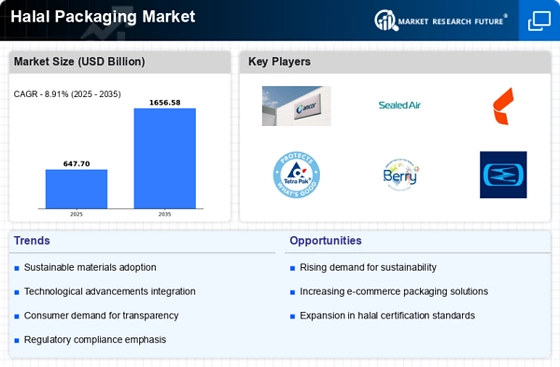
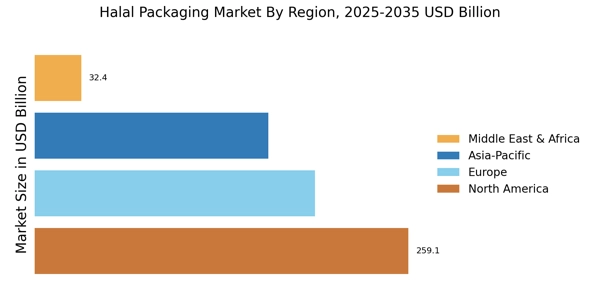

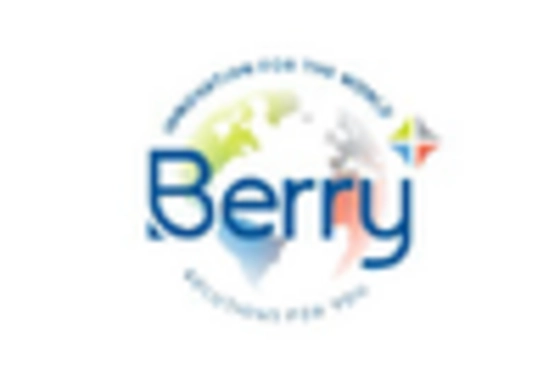

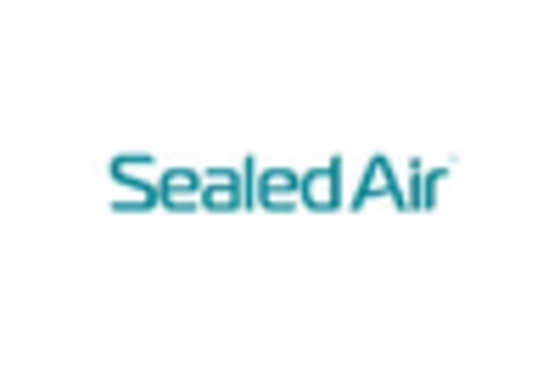
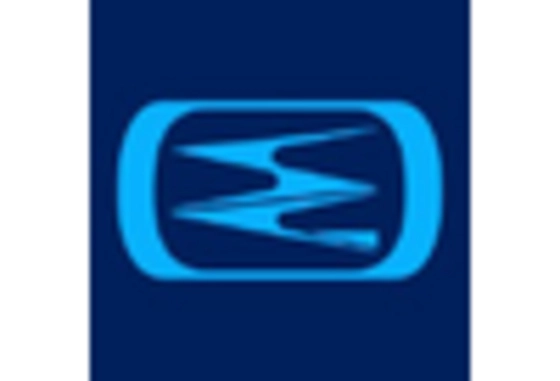
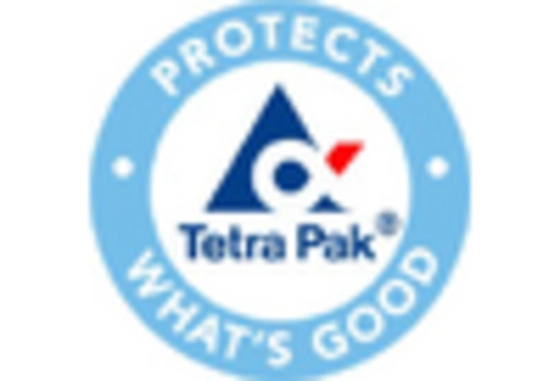








Leave a Comment